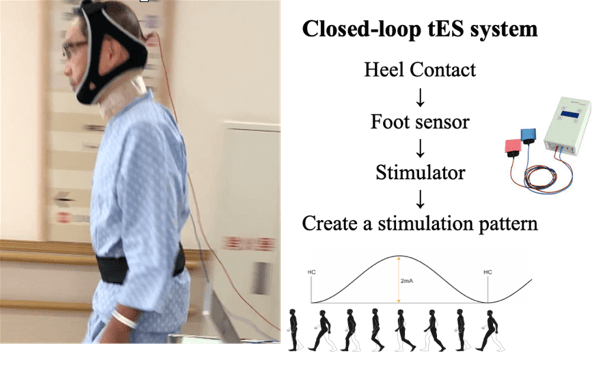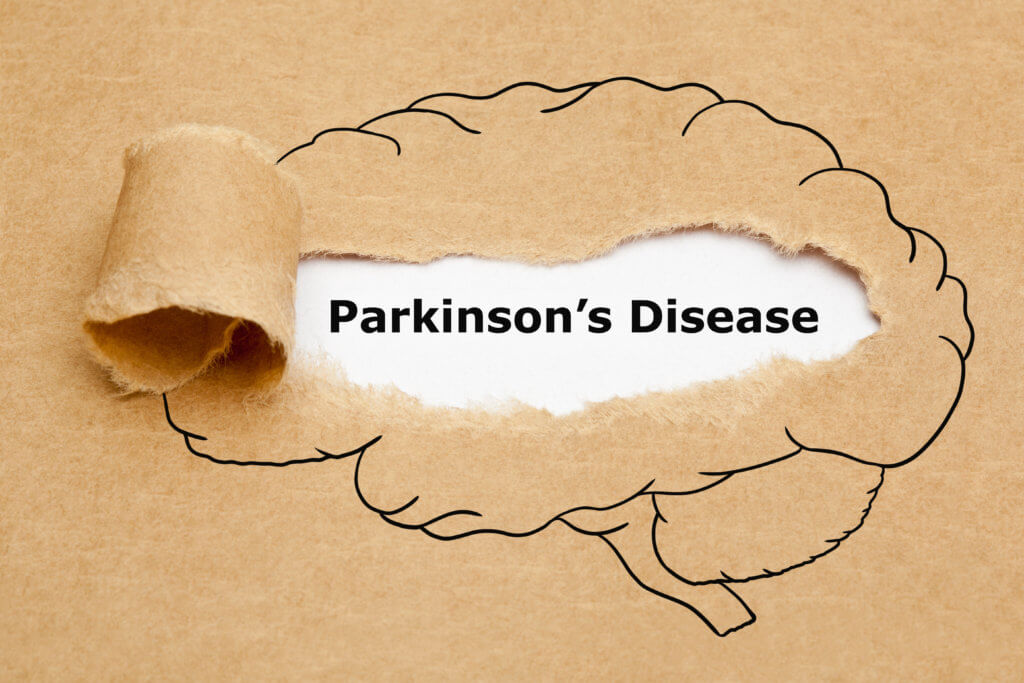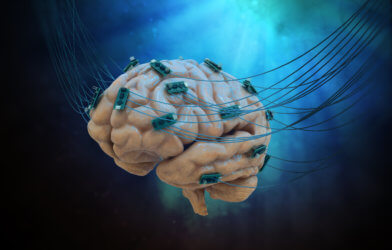Walking difficulties are a major concern for patients suffering from Parkinson’s disease, a condition that impacts millions globally. While numerous treatments are available, their success has been limited. However, Japanese scientists have recently made a breakthrough with a non-invasive brain stimulation technique that improves walking in people with the neurodegenerative disease.
Parkinson’s is known to deteriorate motor functions, particularly affecting the way patients walk. This decline is evident through symptoms such as shorter steps, less arm movement, slowness, stiffness, and balance issues. Though some treatments like transcranial direct current stimulation have shown potential, the latest research is shining a light on a new technique that matches brain stimulation with the individual’s walking rhythm.

“We recently developed a novel neuromodulation approach using gait-combined closed-loop transcranial electrical stimulation (tES) and demonstrated promising gait improvements in patients who are post-stroke,” says Ippei Nojima, the study’s lead author from Shinshu University and Nagoya City University, Japan, in a university release. “Here, we tested the efficacy of this intervention in patients with Parkinsonian gait disturbances.”
The research included 23 participants with Parkinson’s. They were divided into two groups: one receiving the active treatment and the other, a placebo or “sham” treatment. The process involved placing an electrode on the back of the head and another on the neck. These electrodes emitted a low current targeting the cerebellum, an area of the brain crucial for walking control.
“Gait disturbance lowers activities of daily living in patients with Parkinson’s and related disorders. However, the effectiveness of pharmacological, surgical, and rehabilitative treatments is limited,” notes Yoshino Ueki, the study’s senior author from the Department of Rehabilitation Medicine at Nagoya City University. “Our novel intervention might be able to improve physical function for not just patients with PD but also for those with other disabilities.”
The results were positive. After just ten sessions, the active treatment group experienced noticeable improvements in walking speed, symmetry, and step length.
“These findings showed that gait-combined closed-loop tES over the cerebellum improved Parkinsonian gait disturbances, possibly through the modulation of brain networks generating gait rhythms,” says Nojima.
All participants stayed throughout the study and no side effects were reported.
“Patients with impacted gait have restricted daily activities. We successfully developed a new non-pharmacological and non-invasive intervention for the rehabilitation of patients with Parkinson’s and other neurological disorders,” says Ueki. “Our breakthrough method could be used to restore gait in these patients.”
The study was published in the Journal of Neurology Neurosurgery & Psychiatry.












